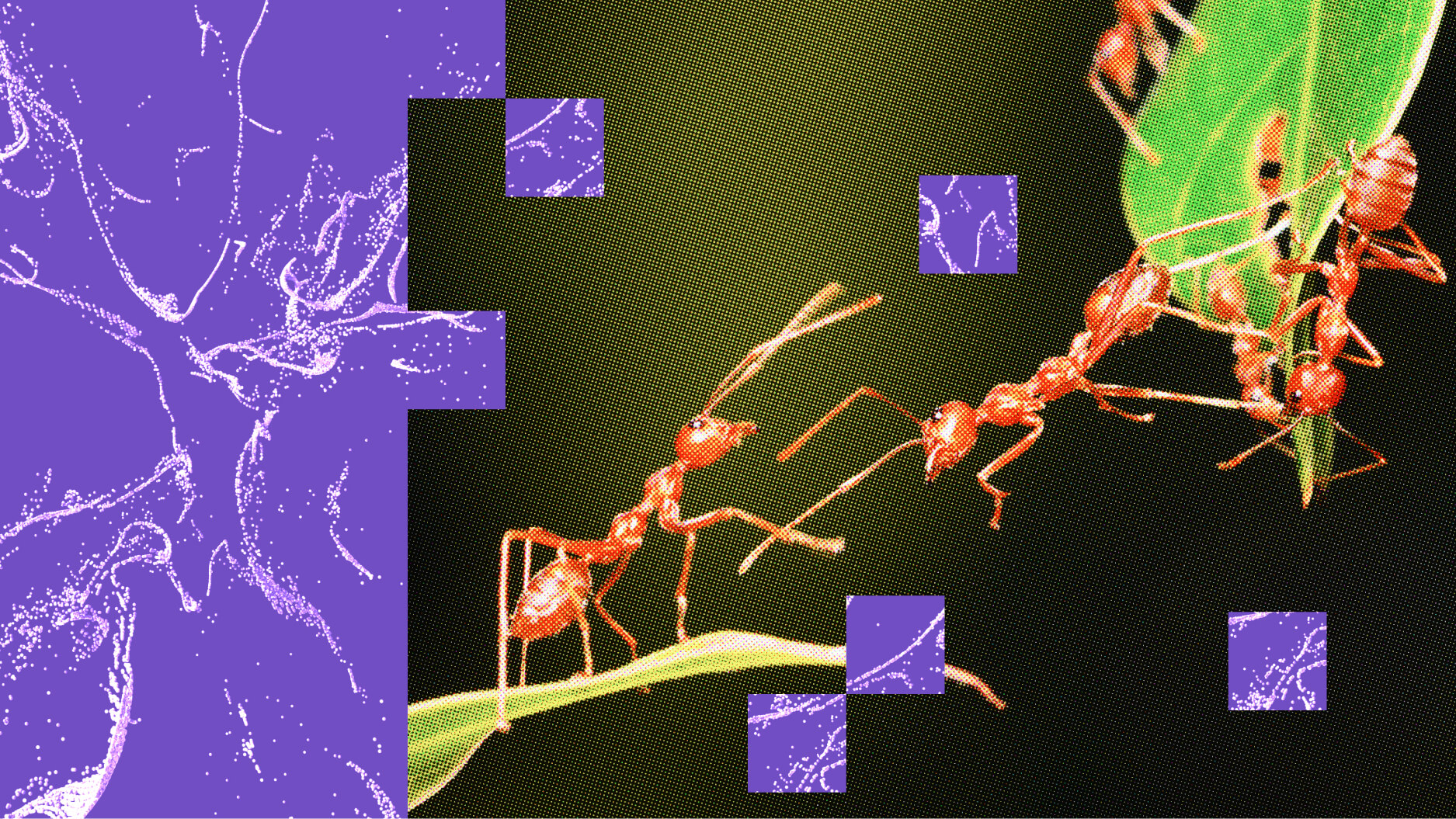Artificial Rabbit Penises, In Vitro Meat, and Other Breakthroughs in Tissue Engineering

Bioengineers at Maastricht University have announced the world’s first lab-grown meat will be produced this October, a significant step in what could become a DIY food revolution. According to the Financial Times, 70 percent of agricultural land is currently used for raising animals for their meat, so experts argue so-called in vitro meat engineering will become a vital part of future food production. And not surprisingly, this development has reigniting a larger debate on bioethics.
We may be decades away from the time when regenerative medicine cures disease completely, but scientists have already made incredible advancements in growing artificial organs. Below are five of the most groundbreaking examples:
1. Artificial Human Hearts – The first artificial human bladders were successfully transplanted five years ago, but more complex organs like hearts and lungs proved more challenging to grow in the lab—until now. Doris Taylor, a medical researcher at the University of Minnesota, is on the verge of growing the first human heart. After stripping the cells from a dead heart, leaving just a protein skeleton or “ghost heart,” Taylor injected this scaffolding with millions of stem cells, which successfully developed into heart cells. The next step is getting these cells to beat, which she believes could happen within weeks. Just two years ago she lead the team that successfully created a lab-grown rat heart.
2. Mouse Retinas – Last month scientists in Japan grew the most complex biological tissue yet engineered in a lab—retina tissue from a mouse eye. Allowed to develop on their own, with some help from structural and developmental proteins, the embryonic stem cells naturally formed the complex structures of the retina. This team, led by Yoshiki Sasai at the RIKEN Center for Developmental Biology in Kobe, is now testing whether or not this artificial retina can actually detect light and transmit signals to the brain.
3. Spray-on Skin – The traditional treatment for severe burns is to graft healthy skin over the damaged area, but this requires otherwise healthy skin to be removed from another part of the body, doubling the amount of skin that must heal. A procedure developed two-years ago by Australian surgeon Fiona Wood allows doctors to quickly harvest skin stem cells, suspend them in a solution, and spray the stem-cell rich solution directly onto the burn, effectively creating a second skin.
4. Rabbit Penises – Two years ago, Anthony Atala, the Wake Forest researcher responsible for the artificial bladder mentioned earlier, used tissue regeneration to engineer the first fully-functional replacement penises—rabbit penises, that is. Though not yet replicable in men, this technology could one day be used to repair damaged members or perhaps even be used cosmetically. “Oddly, the procedure seemed to make the rabbits randier than usual,” reports Wired.
5. In Vitro Meat – Money may never grow on trees, but meat can grow in labs nowadays. Scientists already have the capability to grow synthetic meat tissue or in vitro meat (IVM) from animal cells, but the cost is currently too prohibitive for it to be used widely. Plus there is the problem that many recoil from the idea of eating lab-grown meat. But as the cost comes down and as public awareness of the food industry’s practices grows, aversion to IVM might also diminish. From making humans and the planet healthier to solving the ethical dilemma of eating animals, this technology has the potential to revolutionize the way we live.





